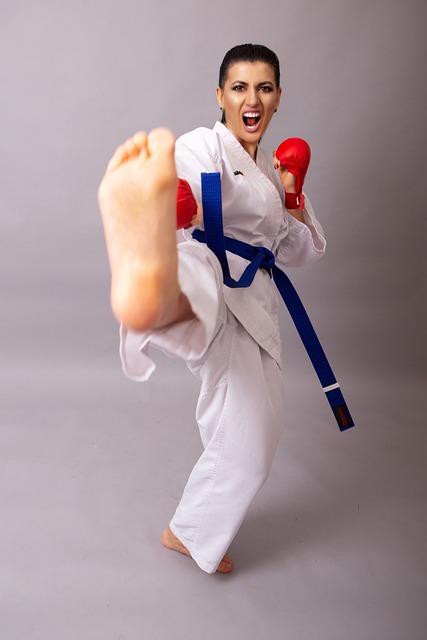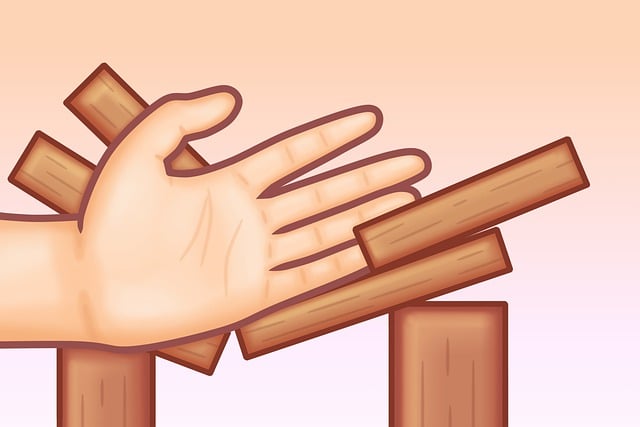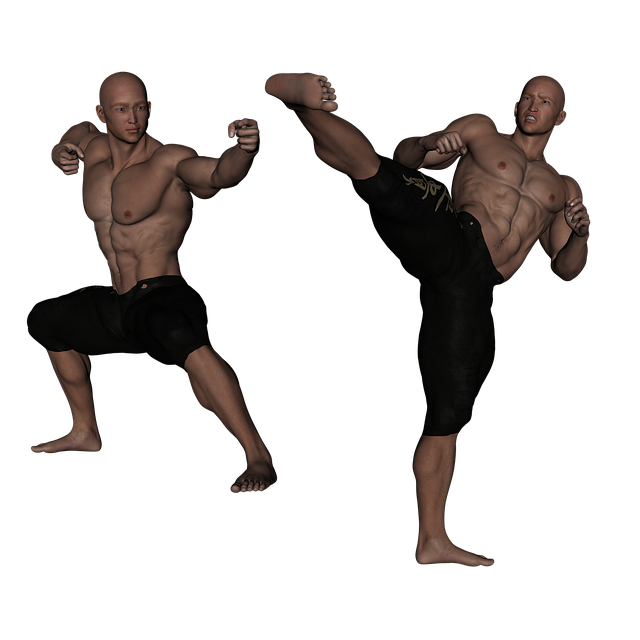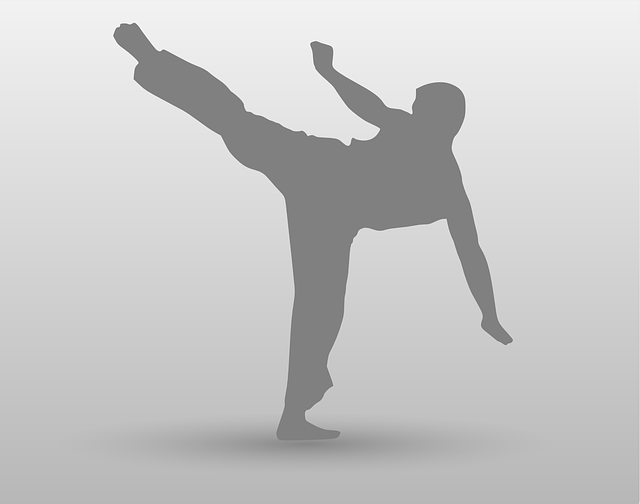Dressing for Discipline: The Essentials of Karate Suits

The karate suit, known as a gi, is an integral part of karate tradition, representing discipline and respect. It consists of a jacket, trousers, and belt, with higher belts sometimes…








